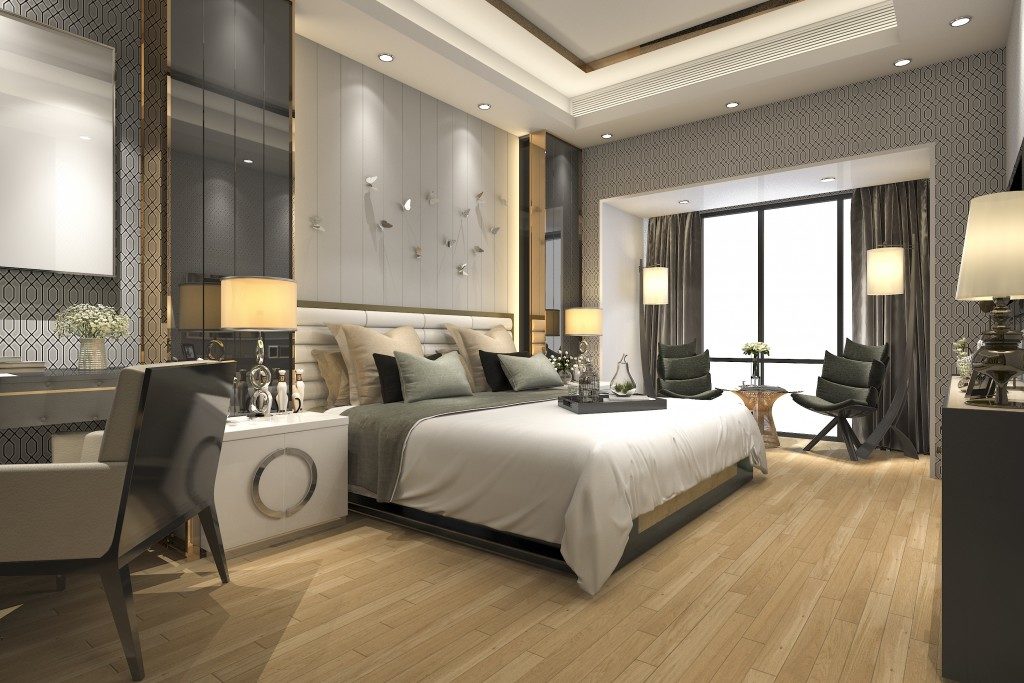According to the U.S. Environmental Protection Agency (EPA), there are more than ten types and sources of air pollutants inside a home. So if you think you’re safe from respiratory diseases while snuggled up in your room, think again.
Though indoor air pollutants won’t make you sick fast, they can irritate your lungs and aggravate your symptoms if you already have allergies or respiratory conditions, like asthma. Hence, every abode must use some home air purification system. If budget permits, consider high-tech devices like HEPA filters, UV filters, or electronic filters. But if you’d rather save than splurge, there are also low-cost to zero-dollar alternatives to expensive air purifiers.
That said, here are some hacks to improving your home’s air quality:
1. Tackle the Source
If you can find and eliminate the source of air pollutants inside your home, you may be spared from needing a product. For example, if you or someone you live with smokes, there’s no doubt that secondhand smoke is polluting your indoor air.
Inhaling secondhand smoke endangers your health instantly. There are no “safe levels” or risk-free exposure to it. Aside from lung cancer, secondhand smoke can also cause cardiovascular disease, sudden infant death syndrome, severe asthma attacks, and other serious diseases.
Avoid smoking inside your house to keep your indoor air clean. Ensure that your space is well-ventilated because the cigarette smoke particles can cling to your clothing, skin, and hair. Note, however, that ventilation only reduces secondhand smoke in the air, not eliminate it. Thus, in addition to not smoking inside your house, avoiding lounging in any of your spaces if you’ve just smoked.
Pesticides are another common source of indoor air pollutants. If you need to get rid of critters inside your home, use natural or homemade pesticides instead. Examples of such are vegetable oil spray, garlic spray, and soap spray. Making them in your own kitchen doesn’t have to cost you a dime.
2. Improve Your Existing Ventilation
Most residential HVAC systems don’t mechanically bring fresh air into homes. If your indoor air quality is already poor, then that same air will also circulate the space if you turn on your A/C. So if weather permits, open some windows and doors (or use a screen door), attic fans, or run your A/C with the vent control open. This will increase the outdoor ventilation rate. Turn on your kitchen and bathroom exhausts as well if you need to eliminate odors.
The goal is to bring outdoor air into your home. Outdoor air purifies the air in your home, especially after activities that generate high levels of pollutants, such as cooking, painting, heating with kerosene heaters, or renovations.
3. Use Houseplants

Before we get into detail about houseplants, note that they don’t actually purify the air inside your home. Yes, the articles and blogs claiming that houseplants are good for indoor air are presenting you with some exaggerated facts. However, plants can remove volatile organic compounds (VOC) in the air, but only at a very slow rate.
To make houseplants purify indoor air, you’d need thousands of them in a small space. Since that’s not possible, the best use for houseplants is to boost the effects of your ventilation and other air-purifying methods instead. They’re good for mimicking the outdoor environment and reducing stress anyway, so it’s buying a pot or two is always worth it.
4. Diffuse Essential Oils
Fragrant essential oils don’t just make your home smell like a spa but make it better for your health, too. While they don’t replace HEPA filters, they come with antimicrobial and anti-fungal properties. The research found that essential oils can help inhibit the growth of airborne bacteria while decreasing microbial contamination in some cases.
The essential oils that clean indoor air are tea tree, lemongrass, pine, spruce, & fir, citrus, and ylang-ylang. Just drop a few into a diffuser filled with water, and let it do its work. However, if you have pets, avoid using essential oils around them because they may be toxic to animals.
5. Maintain Your Air Filters
HVAC filters should be replaced every three months. If you don’t own a HEPA filter yet, consider switching to it because it traps more pollutants than non-HEPA filters.
Ultimately, the best solution to polluted indoor air is tackling its source, so observe the first tip the most. Monitor the activities that deliver contaminated air into your home, or inspect if there might be things that emit contaminants, like lead paint. You may also buy inexpensive test kits to determine what exactly are the pollutants lurking in your space. By knowing what you’re battling against, you can beat it without hurting your pockets.







